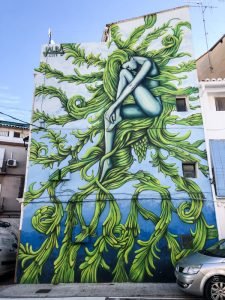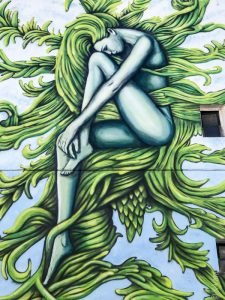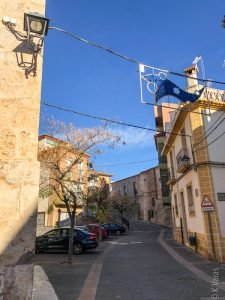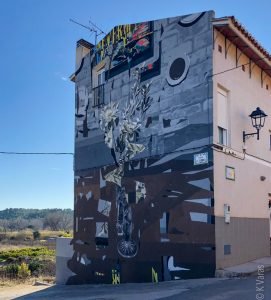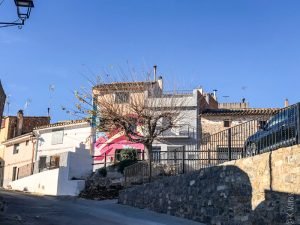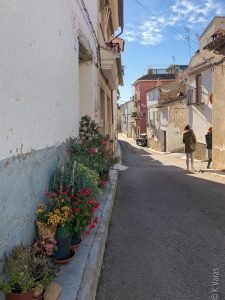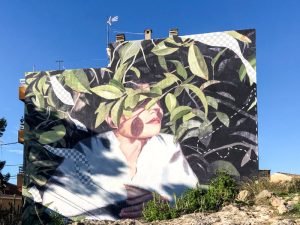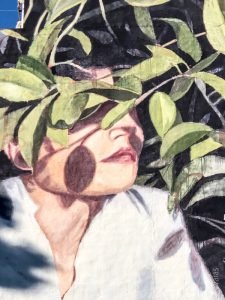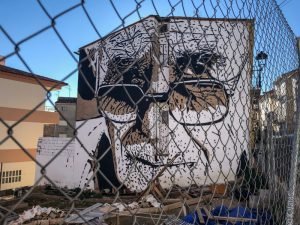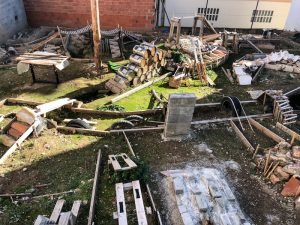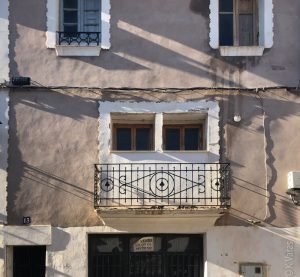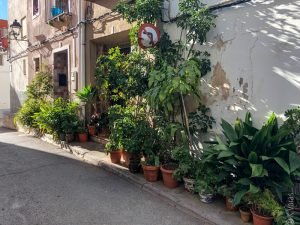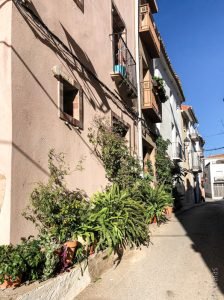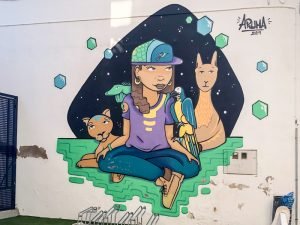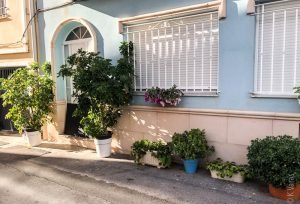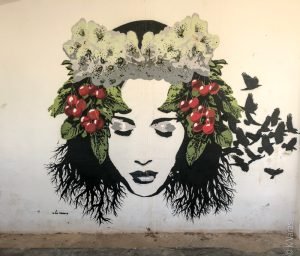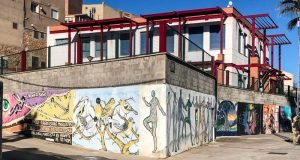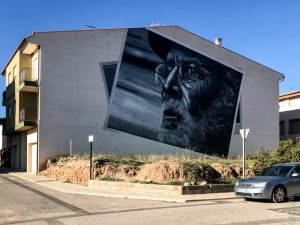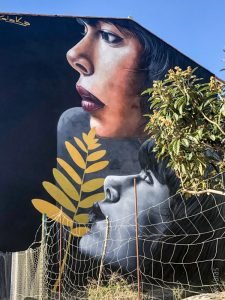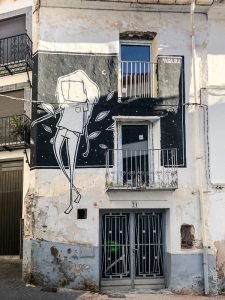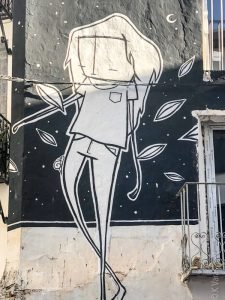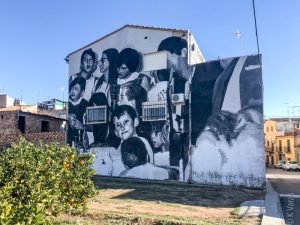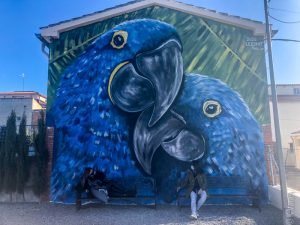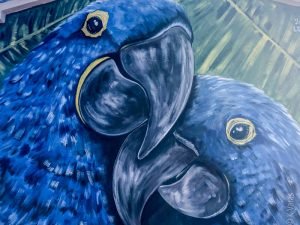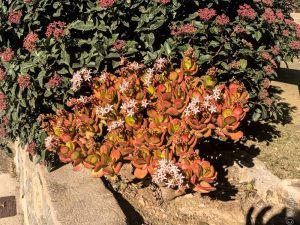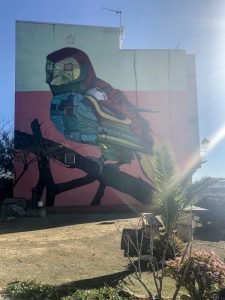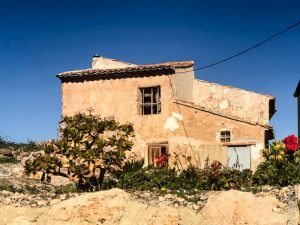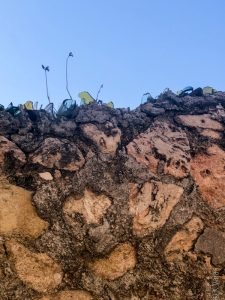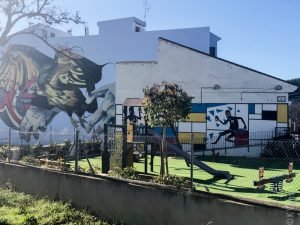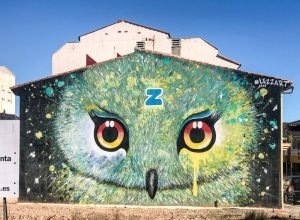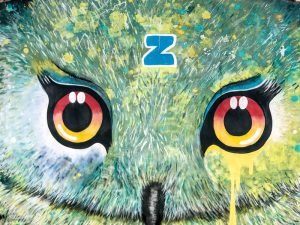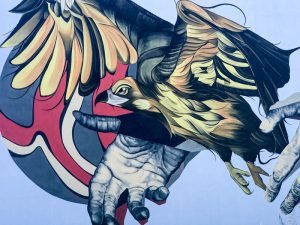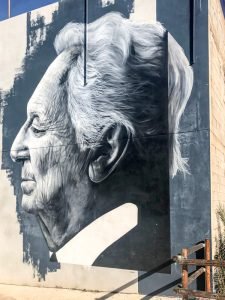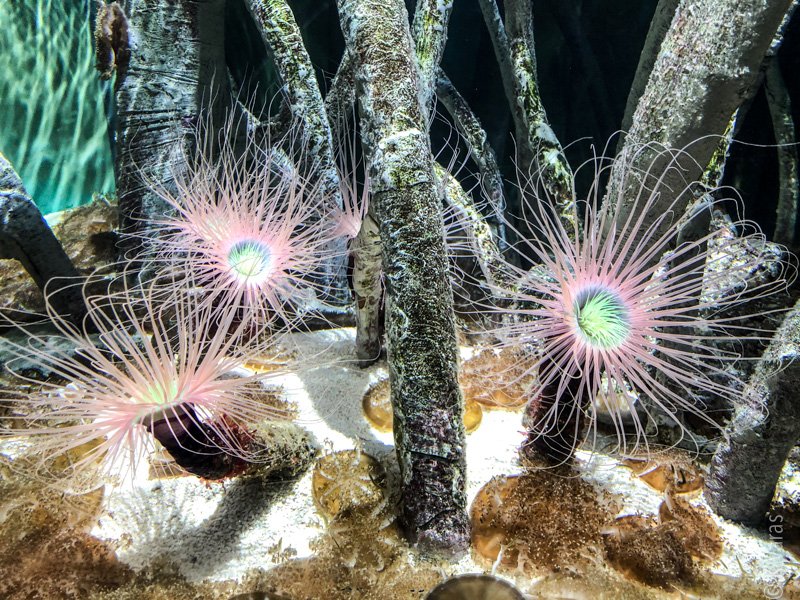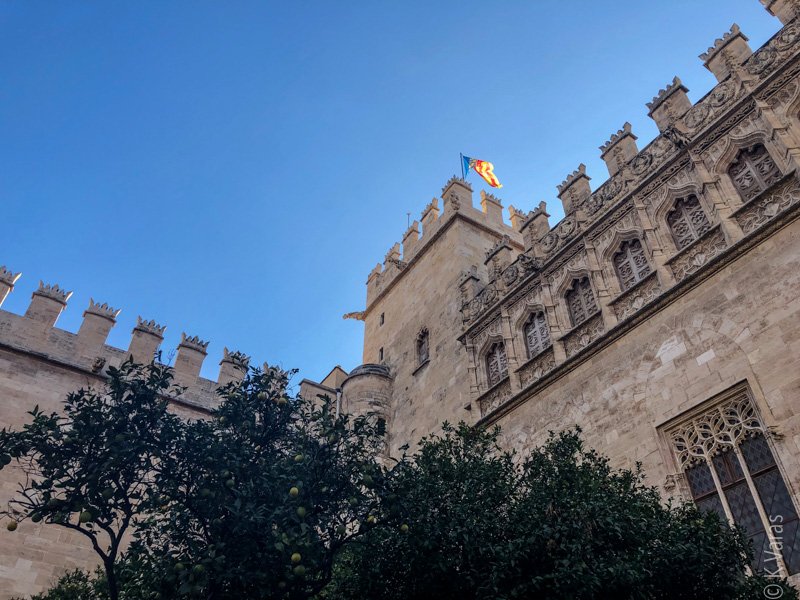
The Murals of Geldo
What does a trio of single ladies do on New Year’s Eve in the time of the pandemic? Go on an excursion, of course, that’s what. Having Sagrario home means, among other things, the ability to get out of the city, but, even better than that, get out of the city with someone who knows cool places to go to. I’m not suggesting she knows every little town within the Comunidad, but she knows many personally and lots more by reputation so the choices, they are aplenty. This little trip on the last day of the year took us to three different towns, all close to each other, on the north end of the Parc Natural de la Serra Calderona, a natural reserve northwest of Sagunto. We were going much deeper into the mountains now. There were two major reasons for this particular destination: 1. the village of Geldo (pop. ~650) was known of its murals and 2. Navajas (pop. ~700), another village in the neighbourhood, is famous for its Belle Epoque architecture. We found there was a third reason to be in the area as well: the Castillo de Segorbe in Segorbe (pop ~9K), of which the other two villages (and I use the term loosely) are basically suburbs. That’s quite the itinerary but what else did we have to do on a beautiful sunny day in late December?
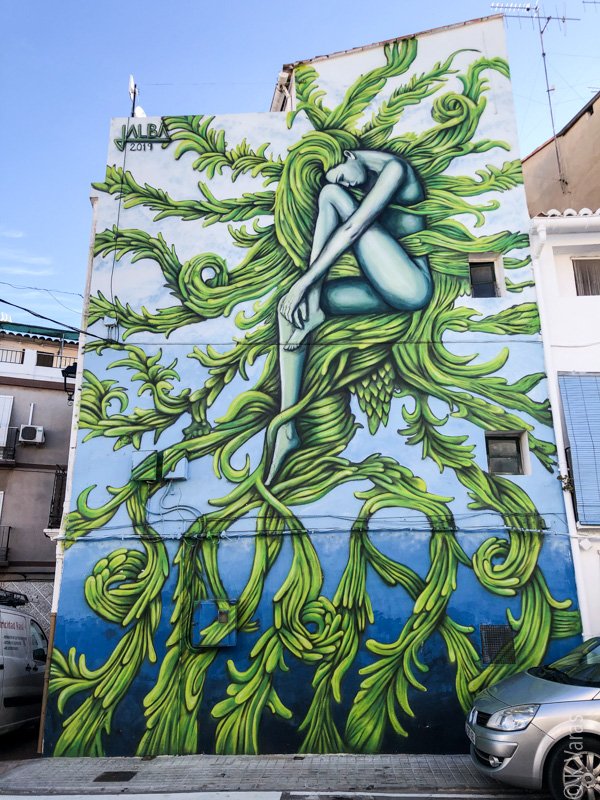
As the title suggests, we started our exploration in Geldo, a sleepy little place just outside Segorbe, that, if you look at it on Google Street View, had very little going for it. The GSV for Geldo is a few years old so you won’t see any of the town’s efforts to make it more exciting — I guess the Google car doesn’t come by here often: the last visit was back on 2014. Since then Geldo has changed a lot, putting itself on various “villages you must see” lists and becoming a destination for people searching for something different. It all started back in 2016 when the town inaugurated the urban art festival ImaginArte and artists come annually from all over to use the walls of the homes here as their canvas. Currently there are about 20 large murals and a few smaller ones in different parts though lacking a proper map of them it wasn’t altogether clear if we would find them all or not. To reach some we had to go to the ends of little country lanes, all the way there wondering where the heck the art was hiding. One we found totally by accident, hidden behind a school gym at the edge of the town and some were only visible through a fence. They were all very impressive.
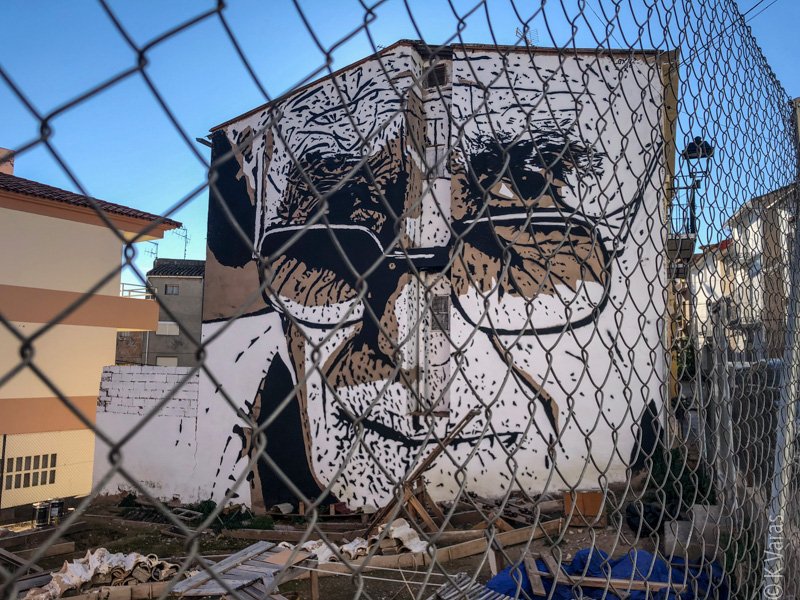
The more little towns I visit, the clearer it becomes that each one has its very own flavour, usually reflected by a common thread or characteristic: Geldo, other than having murals, is the town I’ll always remember as having many beautiful urban gardens outside their front doors. My North American readers will probably wonder why that is even a thing to point out; let me remind you that this is not the land of little houses with picket fences. Here the houses are attached to each other, usually right alongside the street with little outside space, at least in front. If you want to have a green “front yard”, it usually means a pot or two or a window box. In Geldo, these reached impressive proportions and made my heart sing.

After close to two hours of wandering around we felt confident we saw pretty much every mural of any importance, which probably meant we’ve managed to go up and down every single street and a number of lanes as well. Geldo isn’t very big. But it sure is big on urban art and I like that. Since there will be more murals added in 2021, and most likely in the years after that, I will have to add this sleepy little town to my list of places to return to.



